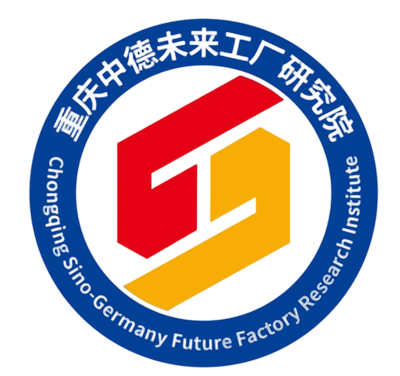Industry 4.0 Application in Manufacturing for Real-Time Monitoring and Control
DOI:
https://doi.org/10.37965/jdmd.2022.118Keywords:
cloud; edge; deep neural networks; friction stir welding; Industry 4.0; internet of things; machine learning; manufacturing; process control; process monitoring; signal processingAbstract
Modern manufacturing aims to reduce downtime and track process anomalies to make profitable business decisions. This ideology is strengthened by Industry 4.0, which aims to continuously monitor high-value manufacturing assets. This article builds upon the Industry 4.0-concept to improve the efficiency of manufacturing systems. The major contribution is a framework for continuous monitoring and feedback-based control in the friction stir welding (FSW) process. It consists of a CNC manufacturing machine, sensors, edge, cloud systems, and deep neural networks, all working cohesively in real-time. The edge device, located near the FSW machine, consists of a neural network that receives sensory information and predicts weld quality in real-time. It addresses time-critical manufacturing decisions. Cloud receives the sensory data if weld quality is poor, and a second neural network predicts the new set of welding parameters that are sent as feedback to the welding machine. Several experiments are conducted for training the neural networks. The framework successfully tracks process quality and improves the welding by controlling it in real-time. The system enables faster monitoring and control achieved in less than 1 second. The framework is validated through several experiments.
Conflict of Interest Statement
The authors declare no conflicts of interest.









